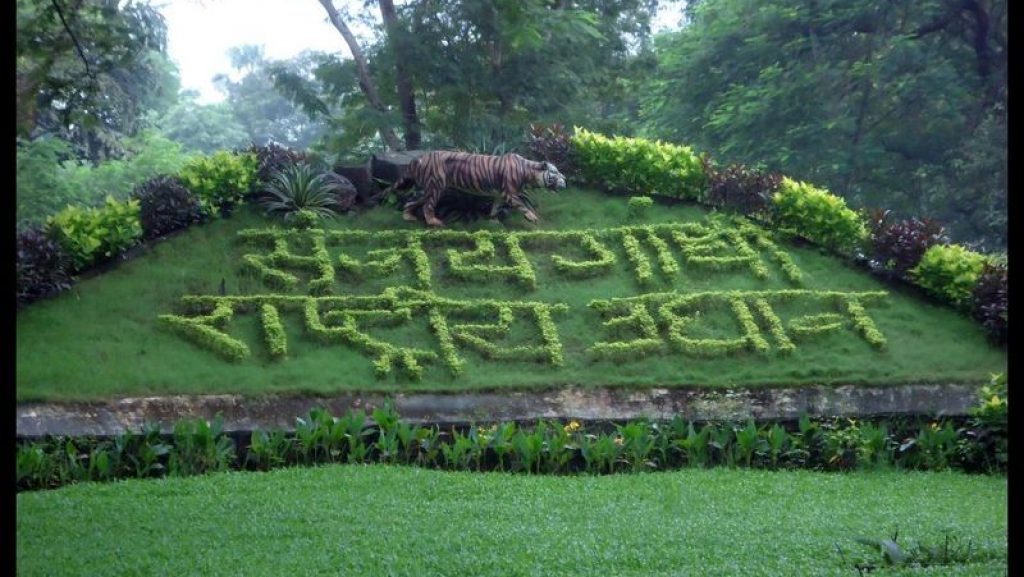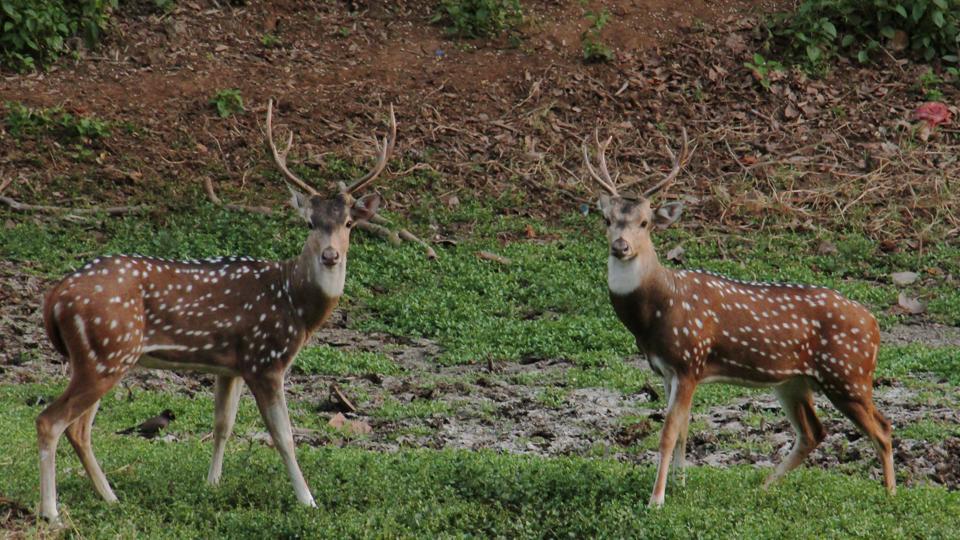
The Sanjay Gandhi National Park, earlier known as The Borivali National Park is one of the remarkable major national parks across the world. This greenery-filled place attracts more than 2 million tourists across the globe every year.
Situated at one of the major metropolitan cities, Mumbai, Maharashtra, Sanjay Gandhi National Park incorporates thousands of flora and fauna. Borivali attracts such amount of tourists mainly for the historic caves i.e., the Kanheri Caves. This largest national park of flora and fauna has some amazing facts that make it extraordinary.
Here are the facts that make The Sanjay Gandhi National Park as an attractive tourist destination.
It is humungous
Established in 1996, the Sanjay Gandhi National Park covers a total area of 40 square miles or 104 square kilometers. This place is huge and is considered to be one of the largest national parks in Asia which is within the city limits.
This is a dense forest located in a hilly region with elevations ranging from 30 meters or 98 feet to 480 meters or 1,570 feet. The national park not only involves wildlife but also incorporate a lot of tourist attractions or places for a picnic within the area.
Eye-catching History of SGNP
With a long history since the 4th century BC, the Sanjay Gandhi National Park (SGNP) was established in 1996. Within the vicinity of Greece and Mesopotamia, the ancient civilization, two ports that are Sopoara and Kalyan was traded in ancient India.
The 45 kilometers or 28 miles land route within these two ports went through the thick forest of SGNP. Then, later on, the Buddhists monks sculpted a cave out of massive basalt rock, named Kanheri Cave.
Just before the independence, the park was named as “Krishnagiri National Park” by the Bombay Municipal Corporation under the Bombay National Park Act. But then, the area of the park was only 7.82 square miles.
In 1969, by adding various reserve forest properties within its possession, the park was expanded. And in 1976, they officially designated it as the “Borivali National Park”.
Then in 1981, the park was further expanded to 82.25 square kilometers. Finally, in 1996, after Sanjay Gandhi, the son of the former Prime Minister of India, Indira Gandhi, the Borivali National Park was renamed to the Sanjay Gandhi National Park with a total area of 104 square kilometers.
The antique cave
Kanheri Caves is the first tourist attraction of this tourist destination situated at the center of the national park. In 9th and 1st centuries BCE, this cave was an important learning center for Buddhists. Later on, it was a pilgrimage site carved by the Buddhist monks back in their time.
Therefore, this antique cave is 160 rock-cut caves which are carved from basalt rock in the 1st century BCE. The name Kanheri is depicted from a Sanskrit word “Krishnagiri”, which means black mountain.
Inside this cave, you will find the glorious souvenirs of Buddha and the Bodhisattvas. Also, you can walk along the corridor of the prayer hall formed out in a rocky outcrop.
A diverse species of flora and fauna

The Sanjay Gandhi National Park is home to a large number of endangered species of flora and fauna. You will be overwhelmed to know that over 1,300 species of flora inhabit in Sanjay Gandhi Park.
An exotic flora called Karvi blooms once in every eight years which is a lavender colour flora, which is the major attraction of the Sanjay Gandhi National Park. Also, you can find Kadamba, teak, shisham, Ziziphus and many more exotic varieties of flowers inside this 104 kilometers of area.
Among fauna, the Sanjay Gandhi National Park houses around 150 species of butterflies, 78 species of reptiles and amphibians, 250 species of birds and 40 species of mammals.
Tourist attractions in the tourist destination
As the name suggests, this lush greenery is not only home to species but also home to nature and a place with a lot of exotic sites. Located at the northern suburban Mumbai, Sanjay Gandhi National Park not only incorporate the 2400-year-old Kanheri caves but also other attractive sites like lakes.
The two lakes, Vihar which was constructed way back in 1860 and Tulsi in 1868, are the captivating sites that are located within the substantial forests of SGNP. These two lakes were created to supply drinking water to the inhabitants of Mumbai, which even continues to do so today!
But other than supplying, these lakes are homes to hundreds of mugger crocodiles and also houses migratory birds all over the year.
Another remarkable place within the SGNP is the Trimurti Temple. Trimurti Digambar Jain Mandir is a Jain religious temple inside the park. As the name suggests, “Trimurti” means ” three idols”, this temple idolizes Lord Adinath, Lord Bahubali, and Lord Bharata.
The captivating thing in this temple is the 31 feet statue of Rishabhanatha or Adinath which is the tallest ones residing in between the statues of Bharata and Bahubali of 28 feet each.
Also, there is a souvenir shop which conducts many sales and sells a variety of unique consumable products and handicrafts. And it incorporates rides such as toy train, tiger and lion safaris and many more for adventurous rides for a captivating experience.
